How a Corn Maze, Apple Bobbing and Sack Race Decode the Weather
Harvest is just around the corner, and for many of us in the U.S. corn belt, that means the local harvest festival is kicking off! In honor of this tradition, I thought it would be helpful to use some of the classic harvest festival activities to help us learn more about Mother Nature. Weather modeling is like a corn maze, bobbing for apples explains the jet stream, and the classic sack race can reveal the complex mathematics of making a forecast. So grab a corn dog, sip on some lemonade and let’s get started.
Mastering the Maze of Mother Nature
Imagine that the first time you go through the corn maze, you don’t have a map, so you just guess which way to turn at each fork in the path. Sometimes you might end up at a dead end, and other times you might find the right way.
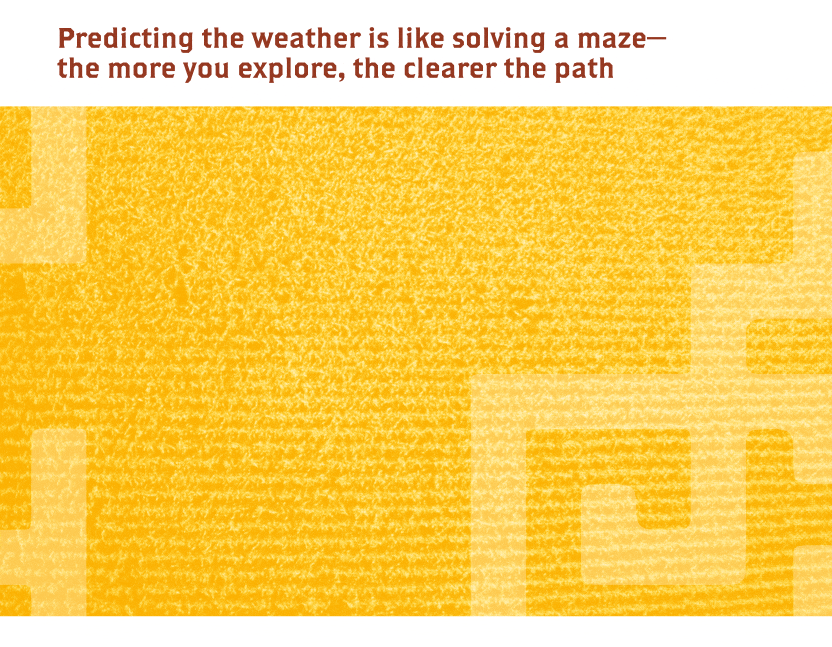
The first time a weather model tries to predict the weather, it’s like your first attempt at the maze—it’s not perfect, but it provides some guidance. Now, weather models themselves don't learn the way a human might learn a maze. But meteorologists do refine models over time by incorporating new data, improving algorithms and using better initial conditions.
One season’s worth of data might give you a snapshot, but it can’t predict the future.
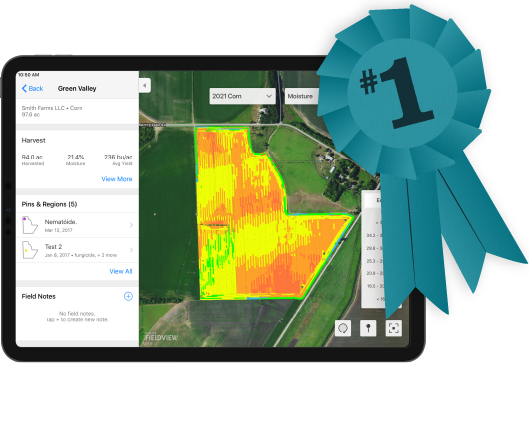
It’s the accumulation of data—season after season, field after field—that unlocks true insights. This is where Climate FieldView™ shines. By accessing a vast reservoir of historical weather data, real-time field conditions and crop health monitoring, farmers can uncover the reliable trends hidden within their data. But understanding what’s happening in the sky is just as important as what’s happening on the ground.
Bobbing for Apples in the Jet Stream
First off, a jet stream is a fast-moving river of wind high in the atmosphere, flowing from west to east. This acts like a barrier, keeping cold air near the North Pole and warm air near the equator separated. When things like rising temperatures, the rotation of the Earth and other factors come into play, the barrier can bend or break and cause weather patterns to change.
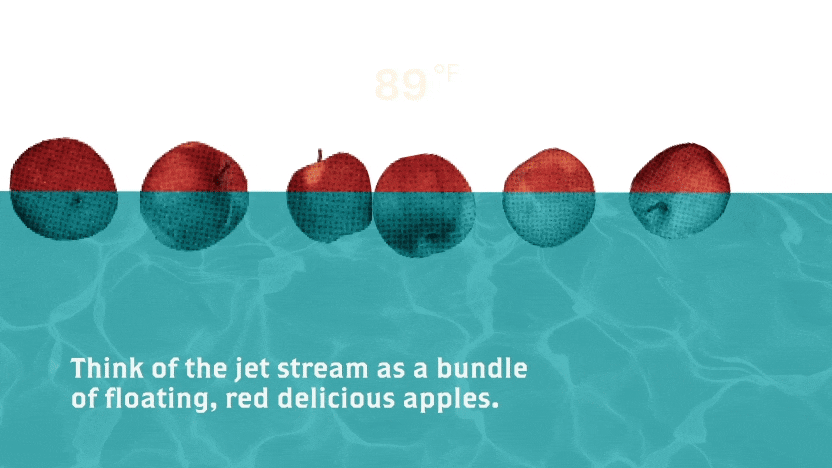
Think of the jet stream as a bundle of floating red delicious apples. When something disturbs the calm—like rising temperatures or the Earth's rotation—it’s like someone plunging into the water to bob for apples. The once steady line of fruit begins to wobble and drift, just as the jet stream does. This movement creates wavy patterns, which can change weather patterns as the jet stream shifts its path. Scientists like myself may seem overly preoccupied by weather that’s occurring well outside the U.S. corn belt, but remember that it’s all interconnected. We have to factor in what feels like an endless number of factors to make our forecasts more reliable and timely. It requires a lot of advanced mathematics, including something called “chaos theory.”
The Chaos Theory and Sack Racing
As the harvest festival unfolds, you might find yourself participating in the classic sack race—a fun and simple game that, surprisingly, holds a lesson about the chaotic nature of weather.
In a sack race, every participant starts with a clear goal: to hop to the finish line as fast as possible. Yet, no two races are ever the same. The tiniest differences—like how they balance or push off the ground—can lead to wildly different outcomes.
This unpredictable variability is much like the weather patterns we deal with every day. Just as a stumble or a slightly stronger push off the ground can change the race's outcome, small shifts in atmospheric conditions can lead to entirely different weather scenarios. This is the essence of chaos theory—a reminder that even in a world governed by physical laws, small changes can have big consequences.
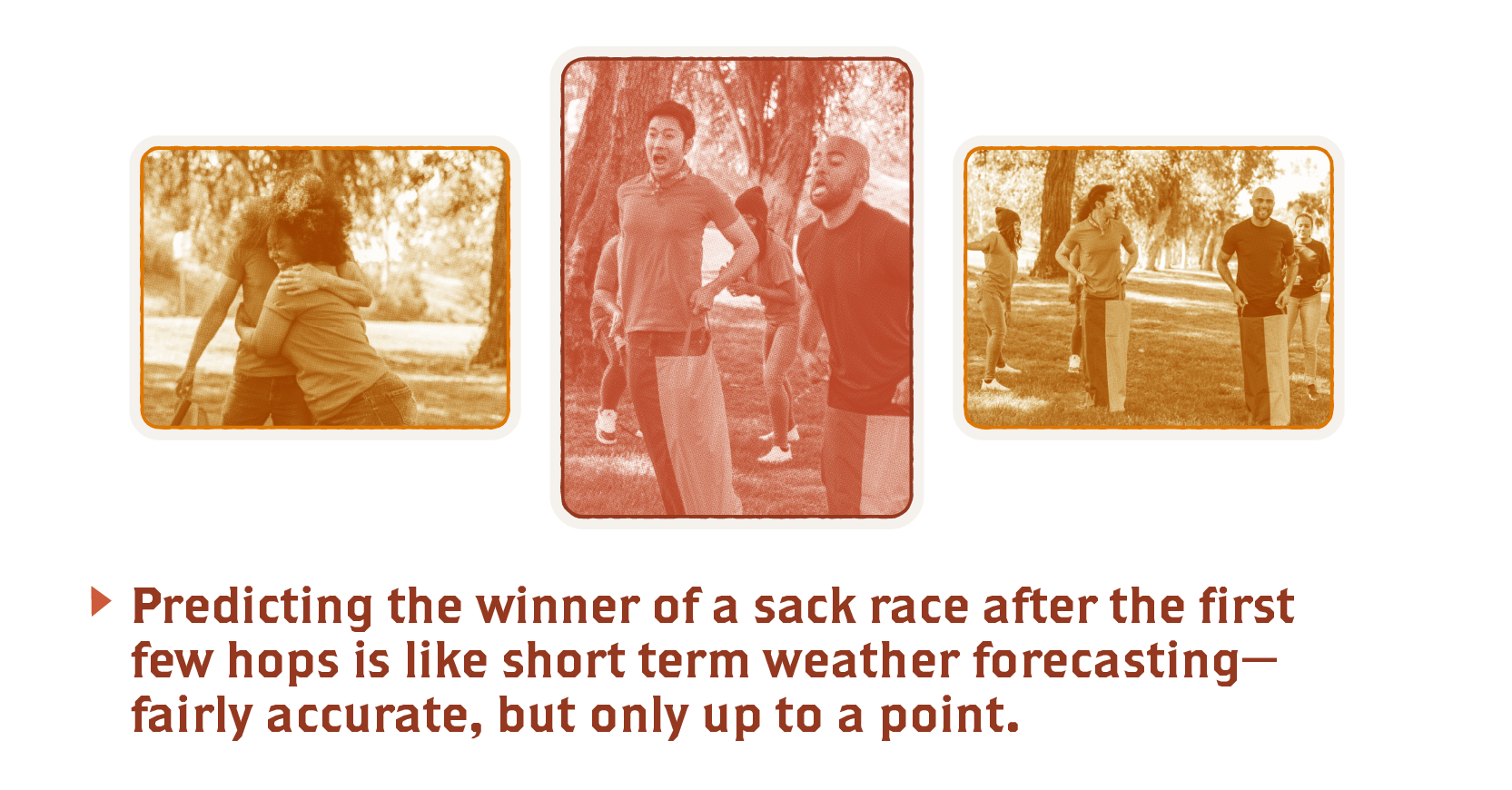
With FieldView™, farmers have an edge in this chaotic race. By continuously monitoring real-time data and comparing it with historical patterns, they can better anticipate those unpredictable shifts in the weather. FieldView offers farmers the tools to navigate this unpredictable landscape, helping them to stay one step ahead in the race against the elements.
How FieldView Helps Farmers Navigate the Harvest Season
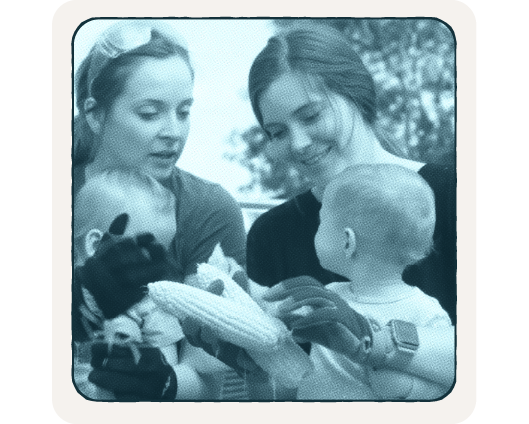
FieldView’s investment in advanced tools and technology is focused on simplifying the complexities of farming. By tapping into historical data, real-time field conditions and crop health monitoring, FieldView turns vast amounts of information into clear, actionable insights. I hope you find time to join in and celebrate the harvest season, even amidst the busyness of the season. With FieldView turning data into decisions, we hope you can focus on what matters most—celebrating the fruits of your labor with those who matter most.



